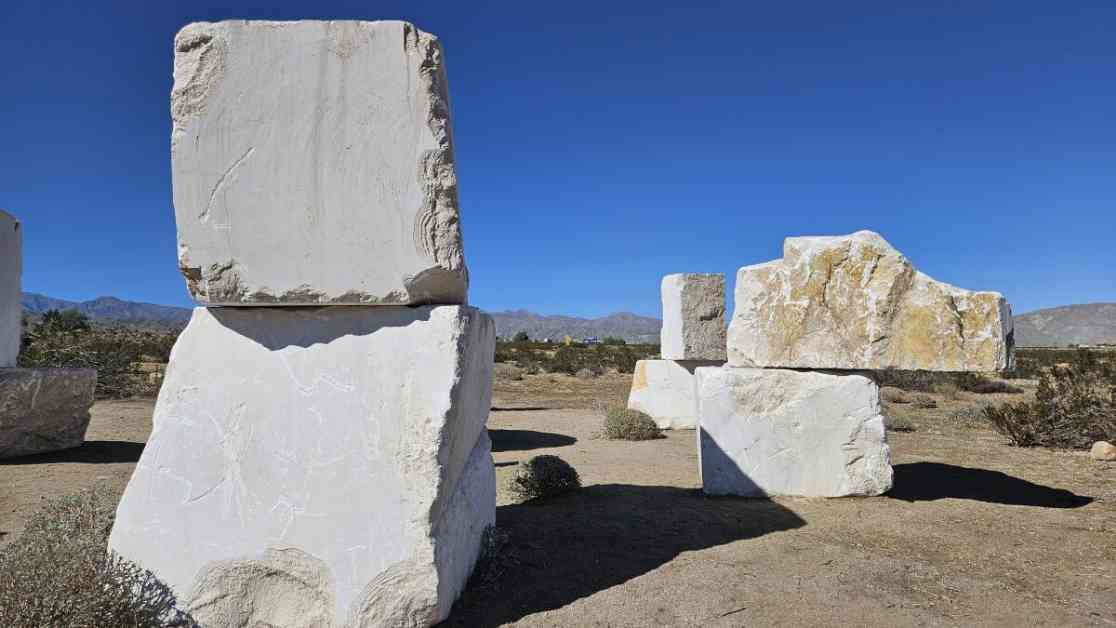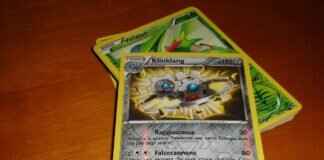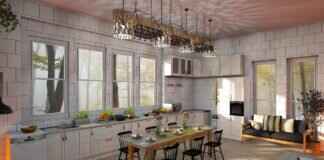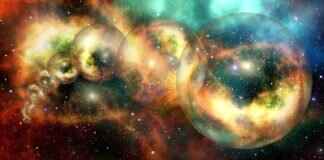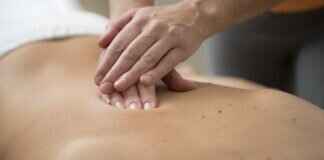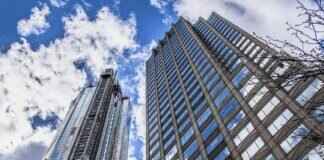Desert X 2025: A Deeper Dive into the Standouts of Modern Stonehenge in Desert Hot Springs
Desert X, a biennial exhibition that showcases site-specific installation art across various locations in and around Palm Springs, has taken an interesting turn in recent years. What started with 16 artists in its inaugural year in 2017 has now dwindled down to just 11 artists in the latest iteration. This year, only nine installations were ready for the March 8 opening, with two more expected to be completed soon. While the number of artists has decreased, it doesn’t necessarily mean a decrease in quality. However, the overall sentiment is that the latest Desert X feels somewhat sparse compared to previous years.
One standout installation that has captured the attention of visitors is “The act of being together” by Jose Dávila, a 51-year-old artist based in Guadalajara, Mexico. This monumental construction features stacked blocks of marble, sourced from Mexico and transported across the border to Desert Hot Springs. The contrast between the primal, static stone and the sleek, industrially elegant windmills in the background creates a captivating juxtaposition. The sculpture’s arrangement of massive stone blocks around a central stack evokes thoughts of ancient rituals, bridging the gap between art’s past and the desert’s modern industrial landscape.
The precarious nature of the installation adds a layer of tension and intrigue, as each block is carefully stacked to create a sense of physical danger while maintaining a sense of balance. The classical legacy of marble in this contemporary setting offers a unique perspective on the intersection of art and nature. While the sculpture appears permanent, its fate after the closure of Desert X is still under discussion, leaving visitors to ponder the impermanence of art in a changing landscape.
A short drive away, another captivating installation awaits visitors in the form of “Soul Service Station” by Los Angeles artist Alison Saar. Drawing inspiration from a previous work created 40 years ago in Roswell, N.M., Saar’s gas station features signs made from vehicle tires and playful, inspirational messages lining the path to the station. The spiritual nourishment offered inside the service station, presided over by a sculpture of an Amazonian woman, adds a whimsical touch to the desert landscape. The use of old-fashioned ceiling tin as a design element reflects Saar’s unique artistic style, rooted in historical references and contemporary storytelling.
In Palm Desert, Swiss artist Raphael Hefti presents a visually striking installation titled “Five things you can’t wear on TV.” This engineering marvel features a 1,300-foot strip of reinforced fire-hose material, anchored at both ends and creating a mesmerizing catenary curve in the desert landscape. The interplay between the reflective surfaces of the strip and the surrounding environment offers a sensory experience that changes with the shifting light and weather conditions. Hefti’s work challenges conventional perceptions of scale and materiality, inviting viewers to contemplate the relationship between art and space.
While Desert X 2025 features additional installations by various artists, including Sanford Biggers, Agnes Denes, Cannupa Hanska Luger, Sarah Meyohas, Ronald Real, and Muhannad Shono, the three standout works mentioned above have garnered particular acclaim. The smaller scale of this year’s exhibition may be attributed to post-pandemic challenges in arts fundraising and audience engagement. Additionally, the controversial decision to accept funding from Saudi Arabia in 2019 has raised questions about the festival’s ethical considerations and long-term viability.
As visitors explore the diverse installations scattered across the Coachella Valley, they are invited to reflect on the intersection of art, nature, and culture in a rapidly changing world. Desert X continues to push boundaries and challenge perceptions, offering a unique platform for artists to engage with their surroundings and provoke meaningful conversations. In a time of uncertainty and transition, art remains a powerful tool for connection, inspiration, and reflection on the complexities of contemporary society.

